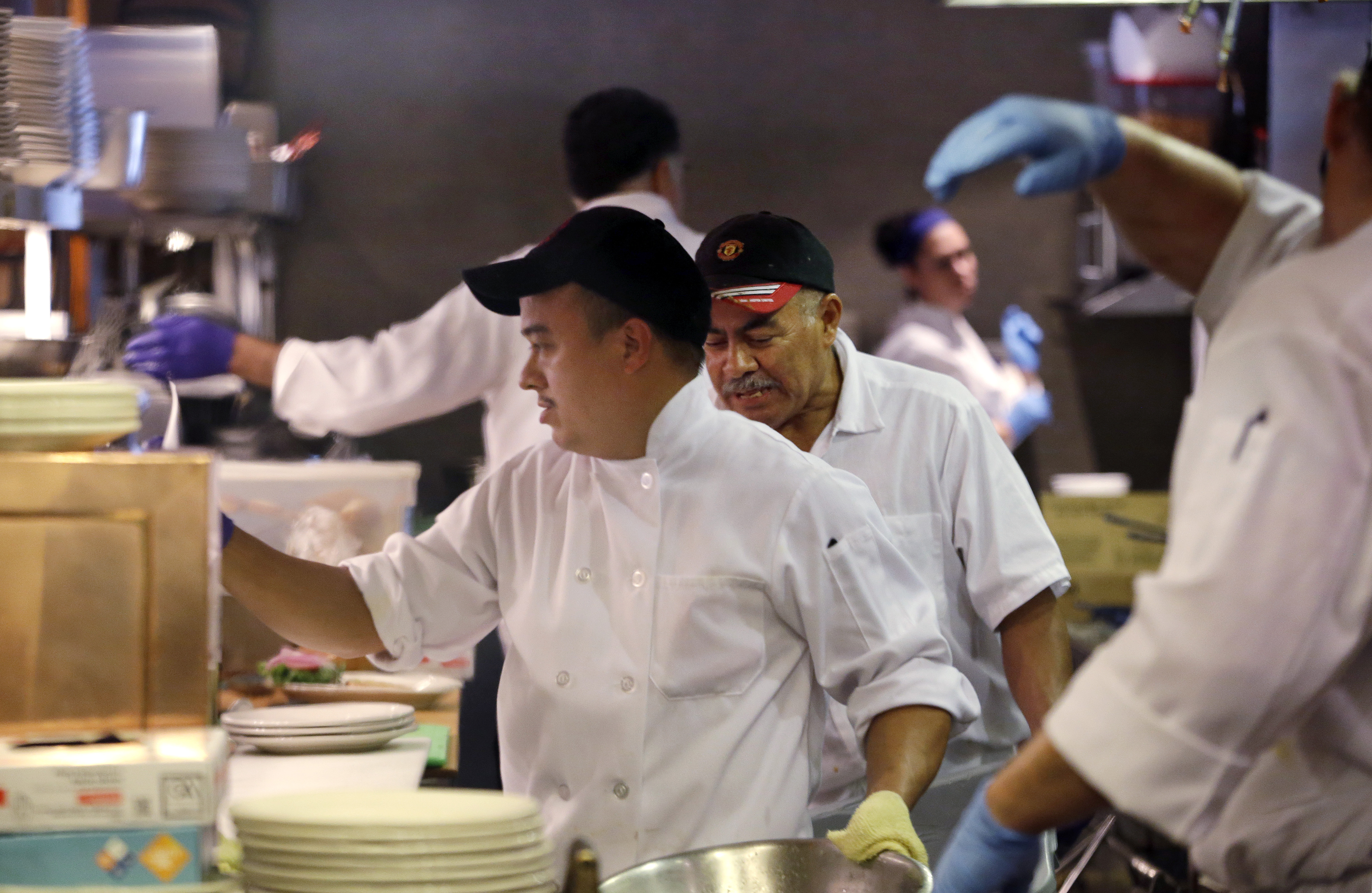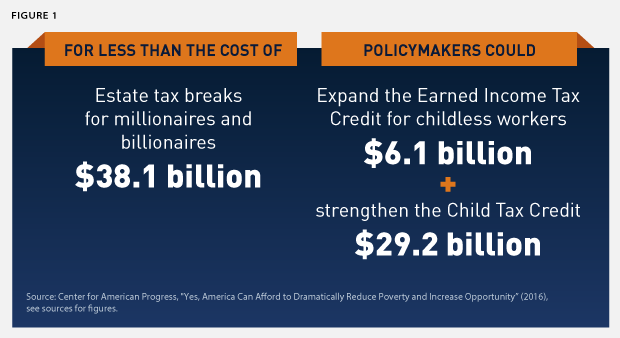Over the past few weeks, students across the country, myself included, have received their college diplomas. When I set out to purchase a cap and gown for my graduation ceremony, I was immediately taken aback by its steep price tag: $150. These flimsy pieces of fabric are only worn once, but for many students this purchase creates a hole in their wallets felt long after the festivities have ended.
The rising cost of tuition over the past few decades has been well-documented, and all students, particularly those from low-income families, are increasingly unable to pay. But as analysts at the Wisconsin HOPE Lab have pointed out many times in recent years, tuition costs alone don’t reveal the full picture of how expensive it has become to get an education. In fact, tuition is only about one-third to two-thirds of the cost of a college degree, and students continue to be nickel and dimed even after they’ve paid their tuition bill. As the many facets of postsecondary education get pricier, the average low-income student is faced with expenses that exceed any financial aid they may receive. At a public four-year institution, this gap is about $12,000. At a private nonprofit four-year school, it’s $19,520.
Take housing. At over $10,000 a year, on-campus housing comprises anywhere from 24 to 42 percent of total student budgets. Meanwhile, the cost of off-campus housing surrounding universities tends to be higher than standard market rent. These steep costs have consequences. One survey conducted by the City University of New York found that 42 percent of their undergraduate students had experienced housing insecurity within the past year.
Get TalkPoverty In Your Inbox
In many cases, housing insecurity is coupled with food insecurity. In one study, 59 percent of students at a four-year university in Oregon experienced food insecurity, compared to only 14.9 percent of the general population. And it makes sense: on college campuses, affordable options are often limited. At my own school, the University of Maryland, the average meal plan costs $2,185.39 a year. In a 15-week semester, this amounts to $145.69 a week, or roughly the same amount as the average monthly Supplemental Nutrition Assistance Program (SNAP) benefit. Yet despite high levels of food insecurity, college students have a hard time accessing SNAP at all.
In addition, the academic supplies that students need, such as textbooks and other supplemental course materials, can increase a student’s annual bill significantly. The University of Maryland estimates a student will pay an extra $1,130 a year for books and supplies. And prices are only going up. The average cost of a new textbook increased $22 between 2007 and 2013.
Finally, couple these expenses with the fees associated with student organizations, whose costs are unpredictable and can fall anywhere between $10 and somewhere in the quadruple digits. Texas A&M University lists that dues for certain sports clubs could be as high as $2,500. At some schools, Greek life is the primary vehicle for student involvement and can cost close to an additional $10,000 a year.
Given the changing demographics of the student population, these kinds of financial sacrifices should not be viewed nonchalantly. Between 1982 and 2012, the proportion of low-income students attending college jumped by 18.1 percentage points, compared to just 10 points for high-income students. The rate of first-generation students and students of color—who are far more likely to come from low-income families—is growing and is projected to continue to do so.
There has been considerable political momentum among progressives in favor of reduced or even free college tuition, which would enable students to channel more resources into necessities like housing, food, and textbooks. But until that’s achieved, we should seek to improve programs that are currently available. For example, most college students attending at least half-time are not eligible for SNAP unless they work at least 20 hours per week, take part in a work-study program, have young children, or meet certain other requirements. However, working 20 hours a week has been shown to lengthen the time it takes to graduate, increase college costs, and heighten the risk of dropping out. As suggested by the Wisconsin HOPE Lab, aligning SNAP with needs-based student financial aid and making it more accessible to students is key to combating campus food insecurity.
Policymakers also need to pay more attention to housing instability among undergraduates. There is currently no standard method for determining cost of living allowances, which can impact how much assistance off-campus students receive. Low-ball estimates of living costs can also hinder students’ ability to plan financially, making them more susceptible to hardship. In fact, fully 30 percent of two-year institutions have set their allowances at more than $3,000 below the actual living cost. If campuses were to use a consistent measure across the board to estimate housing costs—for example, the Department of Housing and Urban Development’s (HUD) suggests its Fair Market Rent data—they could more effectively tailor efforts to meet their students’ actual needs.
Finally, in order to better serve students, the government should remove counterproductive red tape within its programs. Federal student loan regulations prevent schools from disbursing Direct Loan aid to first-year, first-time borrowers until 30 days after the first day of classes. This policy makes it extremely difficult for students to secure off-campus housing before the school year begins, as many properties require a substantial security deposit as well as first- and last-month’s rent. Moreover, HUD should revise its eligibility criteria for subsidized housing, which treats means-tested student financial assistance for fees, books, supplies, and other essential education expenses as income, thereby forcing some students to turn down additional aid in favor of loans to remain eligible.
Ultimately, we have to shed the assumption that all students are immune to financial burdens because they have unlimited access to their parents’ bank accounts. In the midst of encouraging everyone to attend college, we haven’t considered how students are expected to excel in their studies if they can’t purchase the necessary course materials or meet basic needs. Every student deserves to feel the pride in standing in front of their families, friends, and peers to receive their diploma. And yet, writing that $150 check for a cap and gown is sometimes just one more unanticipated barrier on the way toward getting a college education.
This article has been updated since the original post.















